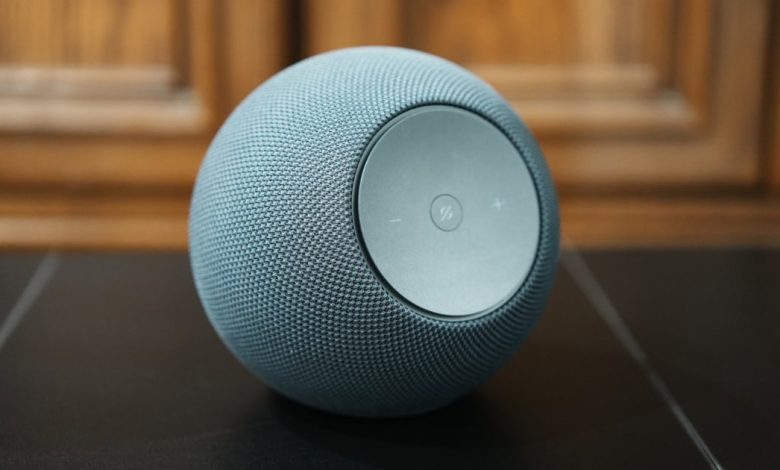The New Amazon Echo Studio Makes Fleetwood Mac Sound Even Dreamier

Analyzing the Second-Generation Echo Studio: A Shift in Audio Design
The second-generation Echo Studio, now 40% smaller than its predecessor, introduces a new design with smaller speaker drivers. This change raises questions about its sound quality and performance compared to the original model, particularly in the context of audio technology advancements.
Compact Design and Sound Configuration
Featuring three 0.8-inch tweeters and a 3-inch woofer, the Echo Studio adopts a less ambitious driver configuration than the original’s trio of 2-inch midrange speakers, 1-inch tweeter, and 5.25-inch woofer. Despite its compact design, the arrangement still supports spatial audio, allowing it to effectively reproduce various sound channels—left, right, center, height, and low frequencies.
Bass Performance and Listening Experience
Amazon claims the Echo Studio delivers three times the bass of the Echo Dot Max, a claim that seems valid, especially when comparing the low-end output. However, the new model lacks the substantial aural impact of its larger predecessor, making it less capable of physically vibrating a room. While the Echo Studio fills a price gap in the market—in an arena where the original has been discontinued—it still faces competition from models like the Sonos Era 300 and Apple HomePod, which offer superior sound but at a higher price point.
Audio Quality Across Genres
When tested with various tracks, the Echo Studio’s audio fidelity reveals intriguing strengths and weaknesses. Playing “Silent Shout” by The Knife, the bass synth notes resound with clarity but lack the depth expected from such a dynamic track. Digital signal processing appears to limit sub-bass frequencies, possibly diminishing the overall impact of dance music. Conversely, tracks like Yes’s “Roundabout” demonstrate the speaker’s ability to convey the resonance of guitar plucks and vocals, but again fall short in bass depth. Fleetwood Mac’s “Dreams” stands out in terms of bass performance, offering a more balanced experience conducive to detailed listening.
Spatial Audio Capabilities
Thanks to its advanced driver configuration, the Echo Studio is capable of supporting spatial audio formats such as Dolby Atmos and Sony 360 Reality Audio. While the library of spatial audio music remains limited, streaming platforms like Amazon Music Unlimited offer a growing collection. When available, these audio formats sound expansive and intricate compared to traditional speakers—yet the effectiveness of the spatial experience varies based on room acoustics.
Future Enhancements with Home Theater Integration
Looking ahead, Amazon plans to introduce the Alexa Home Theater feature, which will allow users to sync multiple Echo Studio or Echo Dot Max speakers into a cohesive surround sound system. This functionality aims to transform home viewing experiences, supporting devices like the Fire TV Stick 4K Plus. Once implemented, this upgrade will provide a new dimension to sound immersion during movie watching, and a comprehensive review will follow to assess its impact.




